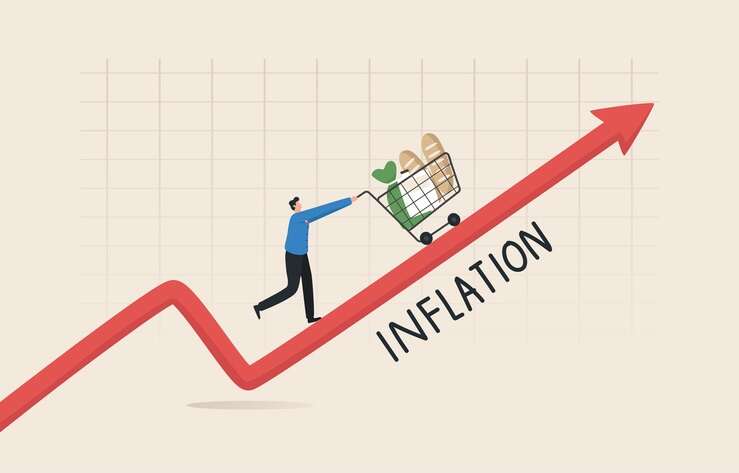
The cost-of-living crisis is an ever-present threat to the average household in the UK. The cost of essential goods and services has continued to rise against stagnant pay packets, leading to hardship across the country. Food bank usage has increased dramatically, and there seems to be little light at the end of the tunnel. What is the mechanism behind this, and what is being done to stop it?
Inflation and the Cost-of-Living Crisis
Inflation describes the rising price of goods and services. There are numerous trackers and statistics used to follow the trend of inflation, with the Consumer Price Index (CPI) most often used by media outlets to describe the situation.
Various different factors impact inflation, from geopolitical instability to economic conditions and even the employment rate. The current cost-of-living crisis is the result of a high rate of inflation, sustained for over a year – itself caused by Brexit-influenced barriers and costs to trade, and instability in the energy sector due to Russia’s invasion of Ukraine.
Rising Interest Rates
The UK government can institute measures to attempt to address the impacts of rising inflation, such as imposing caps on what energy companies can charge for natural gas. But from a fiscal standpoint, the Bank of England has more direct power to influence inflation rates – and has attempted to exercise it by raising interest rates.
Raised interest rates are designed to stifle economic activity, in order to reduce borrowing. For consumers, high interest can be a good thing; tax-free ISAs enjoy higher rates of interest, for example. However, the high interest also applies to borrowing, disincentivising businesses from investing and, in theory, reducing inflation.
Is the UK Acting Responsibly?
But this isn’t what has been happening in practice. The Bank of England’s attempts to reduce spending are coupled with government efforts to stifle wage rises, under the suspicion that raising wages would raise inflation. Economists in the field of Modern Monetary Theory, such as Richard Murphy, see current actions as unwise and even themselves inflationary – causing more hardship to citizens and enabling businesses to continue profiteering.
The UK’s Economic Future
Ultimately, the rate of inflation is expected to come back down to around 2% by the end of the year. This is a natural and well-evidenced conclusion, based on previous inflationary events in the UK’s economic history. However, falling inflation rates are not the end of the story.
Predictions abound that the UK is headed for another recession in 2024, having already narrowly avoided one at the start of 2023. As explored above, wages have not been adjusted to meet the new challenges brought on by the past year of inflation; as a result, even though inflation rates are falling, many in the UK will still be unable to afford their prior lifestyle – leading to reduced spending, reduced economic activity, and negative growth.


